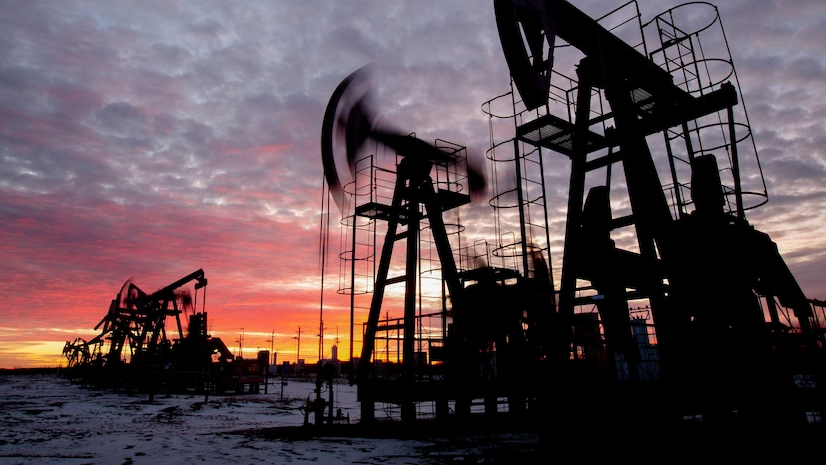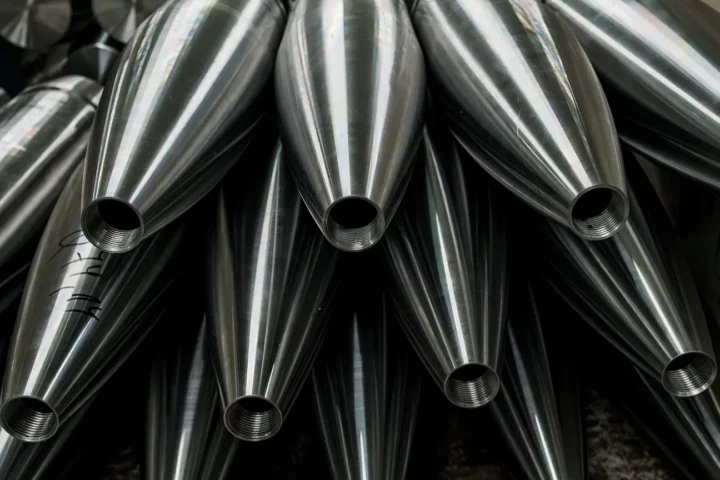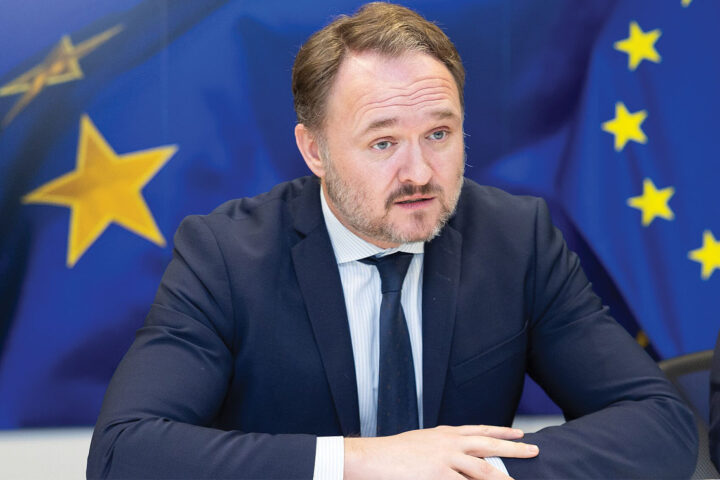As of 2025, Europe’s oil import strategy has undergone a major transformation. After years of dependency on Russian oil, the continent has significantly diversified its energy suppliers in response to geopolitical tensions, environmental goals, and supply chain disruptions. Today, Europe sources its crude oil from a broader range of countries, strategically balancing energy security with political and environmental concerns.
Middle East: A Steady Anchor
The Middle East remains one of Europe’s most significant oil suppliers. Countries like Saudi Arabia, Iraq, and the United Arab Emirates have increased exports to Europe over the past two years, helping offset the dramatic reduction in Russian oil. These nations offer relatively stable production and competitive pricing, making them reliable partners for European refineries.
United States: Transatlantic Energy Flow
The United States has emerged as a top oil supplier to Europe, thanks to its booming shale production. With advancements in liquefied natural gas (LNG) and improved crude shipping capabilities, American oil now plays a crucial role in filling the gap left by Russian imports. Europe sees U.S. oil as both geopolitically safer and supportive of transatlantic alliances.
Norway: Europe’s Local Lifeline
Norway remains a critical oil and gas provider within Europe. As a member of the European Economic Area (EEA), Norway offers high-quality crude and natural gas with fewer geopolitical risks. Its North Sea production continues to be a cornerstone of European energy stability, especially for countries in Northern and Western Europe.
Africa: Rising Influence
Countries such as Nigeria, Algeria, and Libya have increased their oil exports to Europe. With long-standing energy ties and growing investment in infrastructure, Africa is becoming an even more important part of Europe’s diversified energy mix. However, political instability in some areas continues to pose risks.
Kazakhstan and Azerbaijan: The Caspian Corridor
Central Asian nations like Kazakhstan and Azerbaijan are also stepping up as alternative suppliers. Oil pipelines like the Baku-Tbilisi-Ceyhan (BTC) route allow Caspian oil to flow into Europe via Turkey, bypassing Russia entirely. These routes are gaining strategic value in Europe’s long-term energy roadmap.
Latin America: Small but Growing
Though not a major source, Brazil and Guyana are gradually becoming part of Europe’s oil network, especially as their offshore production continues to grow. These emerging markets offer diversification and potential long-term partnerships.
Outlook: Redefining Energy Independence
In 2025, Europe is no longer dependent on a single oil source. While challenges remain—such as transport costs, infrastructure upgrades, and price volatility—the shift toward a more diversified and resilient energy strategy is evident. The continent is also accelerating investment in renewables, aiming to reduce fossil fuel dependency altogether in the coming decades. But for now, oil still plays a vital role—and Europe is ensuring that role is politically and economically sustainable.



























